Introduction
Virtual Reality (VR) is transforming various industries, from gaming and healthcare to education and real estate. As technology advances, businesses are increasingly investing in VR development services to create immersive experiences that captivate users. In 2025, VR is expected to be more refined, accessible, and innovative, making it a crucial tool for businesses looking to engage their audiences effectively.
This blog explores the key features of VR development services, their impact across industries, and the cost breakdown for developing VR applications in 2025.
The Growing Demand for VR Development Services
VR technology has evolved significantly over the past decade. With advancements in hardware, software, and connectivity, businesses are leveraging VR to create interactive and immersive solutions. The global VR market is projected to grow exponentially, driven by the increasing adoption of VR across sectors such as healthcare, retail, real estate, and education.
Factors Driving VR Development in 2025
- Enhanced Hardware Capabilities – VR headsets are becoming lighter, more powerful, and more affordable.
- 5G and Edge Computing – Faster internet speeds enhance VR experiences with minimal latency.
- AI Integration – AI-powered VR applications offer more personalized and intelligent interactions.
- Remote Work & Training – Businesses are using VR for virtual meetings, remote collaboration, and training simulations.
- Increased Consumer Adoption – The demand for VR content, games, and applications continues to grow.
Key Features of VR Development Services
Modern VR development services offer a wide range of features to create engaging and immersive experiences. Some of the key features include:
1. Realistic 3D Environments
- High-quality 3D models and textures for immersive visuals.
- Real-time rendering to enhance realism.
- Dynamic environments that change based on user interaction.
2. Haptic Feedback and Motion Tracking
- Enhances user experience by providing physical feedback through controllers and suits.
- Motion tracking technology ensures accurate body movement representation in VR.
3. AI-Powered Interactions
- AI-driven avatars and virtual assistants enhance user engagement.
- Intelligent NPCs (non-player characters) for a more immersive experience.
4. Cross-Platform Compatibility
- VR applications optimized for multiple platforms, including PC, mobile, and standalone VR headsets.
- Support for Oculus, HTC Vive, PlayStation VR, and other popular headsets.
5. Cloud-Based VR Solutions
- Enables real-time streaming of VR content without requiring high-end hardware.
- Reduces storage and processing limitations for users.
6. Gesture and Voice Recognition
- Allows users to control the VR environment through natural movements and voice commands.
- Enhances accessibility for disabled users.
7. Integration with IoT and Wearables
- Syncs with smart devices for enhanced tracking and interactive experiences.
- Wearable sensors provide biometric data for personalized VR experiences.
8. Augmented Reality (AR) and Mixed Reality (MR) Support
- Combines VR with AR elements for a hybrid experience.
- Allows users to interact with real-world and virtual elements simultaneously.
9. Multi-User VR Experiences
- Supports multiplayer interactions for collaborative virtual spaces.
- Used in business meetings, education, and gaming.
10. Security and Data Protection
- Advanced encryption and secure cloud storage for user data.
- Compliance with data privacy regulations such as GDPR and HIPAA.
Cost Breakdown of VR Development Services in 2025
The cost of VR development services varies based on several factors, including project complexity, technology stack, development team expertise, and additional features. Below is a detailed cost breakdown:
1. Type of VR Application
- Basic VR Application (e.g., simple VR tours, 360-degree videos) – $10,000 – $50,000
- Mid-Level VR Application (e.g., interactive training modules, simple games) – $50,000 – $150,000
- High-End VR Application (e.g., AAA VR games, enterprise solutions) – $150,000 – $500,000+
2. Development Team Costs
Hiring an experienced VR development team can impact costs significantly. Here’s an approximate cost breakdown:
- VR Developers – $50 – $150 per hour
- 3D Artists & Designers – $40 – $120 per hour
- AI & Machine Learning Experts – $80 – $200 per hour
- Project Managers – $60 – $120 per hour
- Quality Assurance & Testing – $40 – $100 per hour
3. Software and Tools
The cost of VR software and development tools also adds to the overall budget.
- Game Engines (Unity, Unreal Engine) – Free to $1,500 per year (for professional licenses)
- 3D Modeling Software (Blender, Maya, 3ds Max) – $50 – $200 per month
- Cloud Services (AWS, Google Cloud, Azure) – $500 – $10,000 per month (depending on usage)
4. Hardware and Equipment
VR development requires specialized hardware for testing and deployment.
- VR Headsets (Oculus Quest, HTC Vive, PlayStation VR, Valve Index) – $300 – $1,500 per unit
- High-End VR Workstations – $2,000 – $10,000 per setup
- Motion Capture Equipment – $5,000 – $50,000 (for advanced tracking systems)
5. Maintenance and Updates
Post-launch support, updates, and bug fixes require ongoing costs.
- Basic Maintenance – $5,000 – $20,000 per year
- Feature Enhancements – $20,000 – $100,000 per year
- Server and Cloud Costs – $1,000 – $50,000 per year
Future Trends in VR Development Services
The VR industry is constantly evolving, with new trends emerging each year. In 2025, the following trends will shape the future of VR development services:
1. Metaverse Expansion
- More companies will integrate VR experiences into the metaverse.
- Virtual social spaces and commerce will become mainstream.
2. AI-Driven VR Experiences
- AI will enable smarter, more adaptive virtual environments.
- Personalized content will enhance user engagement.
3. Neural Interfaces and Brain-Computer Integration
- Companies like Neuralink are working on mind-controlled VR interactions.
- Brain-computer interfaces (BCIs) will revolutionize immersive experiences.
4. Improved VR Accessibility
- More affordable VR devices will increase adoption rates.
- Accessibility features for disabled users will be prioritized.
5. VR in Remote Work and Collaboration
- VR meetings and conferences will replace traditional video calls.
- Remote training and simulations will become more interactive.
Conclusion
VR development services are at the forefront of digital transformation, offering businesses new ways to engage users, train employees, and create immersive experiences. With the continued growth of VR technology, investing in VR applications in 2025 can provide businesses with a competitive edge.
However, VR development comes with varying costs, depending on the complexity and scale of the project. By understanding the key features and budget considerations, businesses can make informed decisions when investing in VR technology.
If you are planning to develop a VR application, partnering with an experienced VR development services provider can help you create an innovative and cost-effective solution that meets your needs.


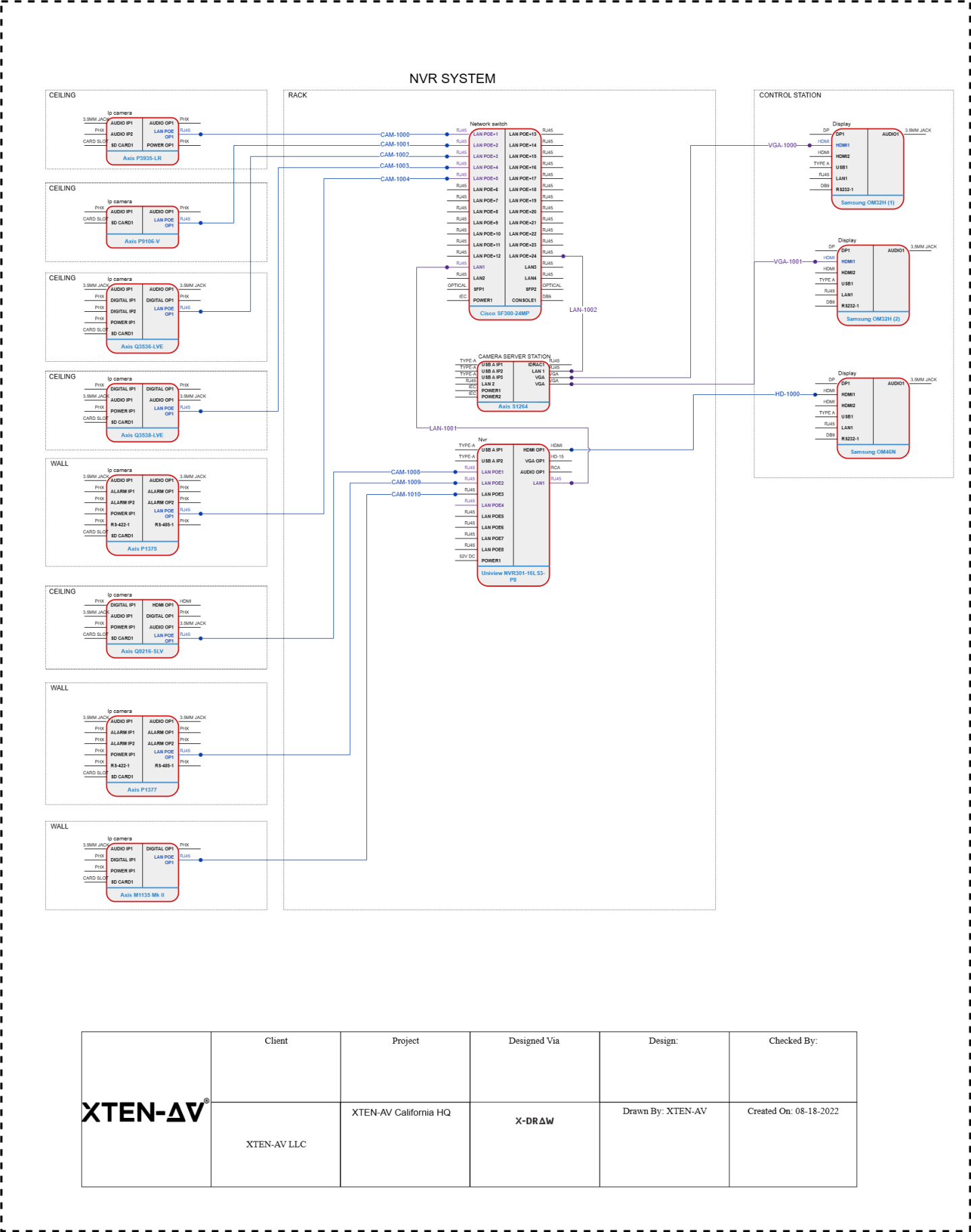
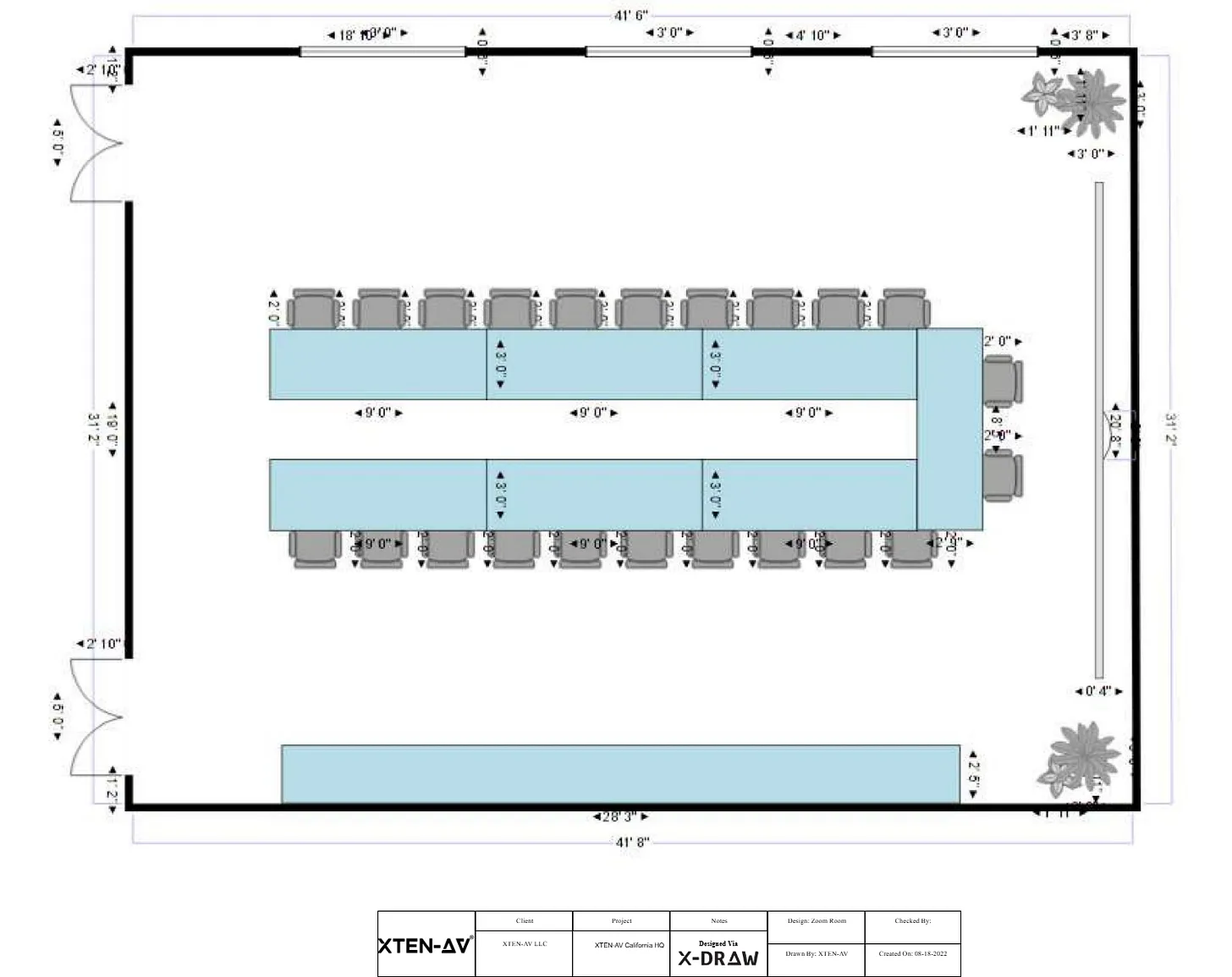


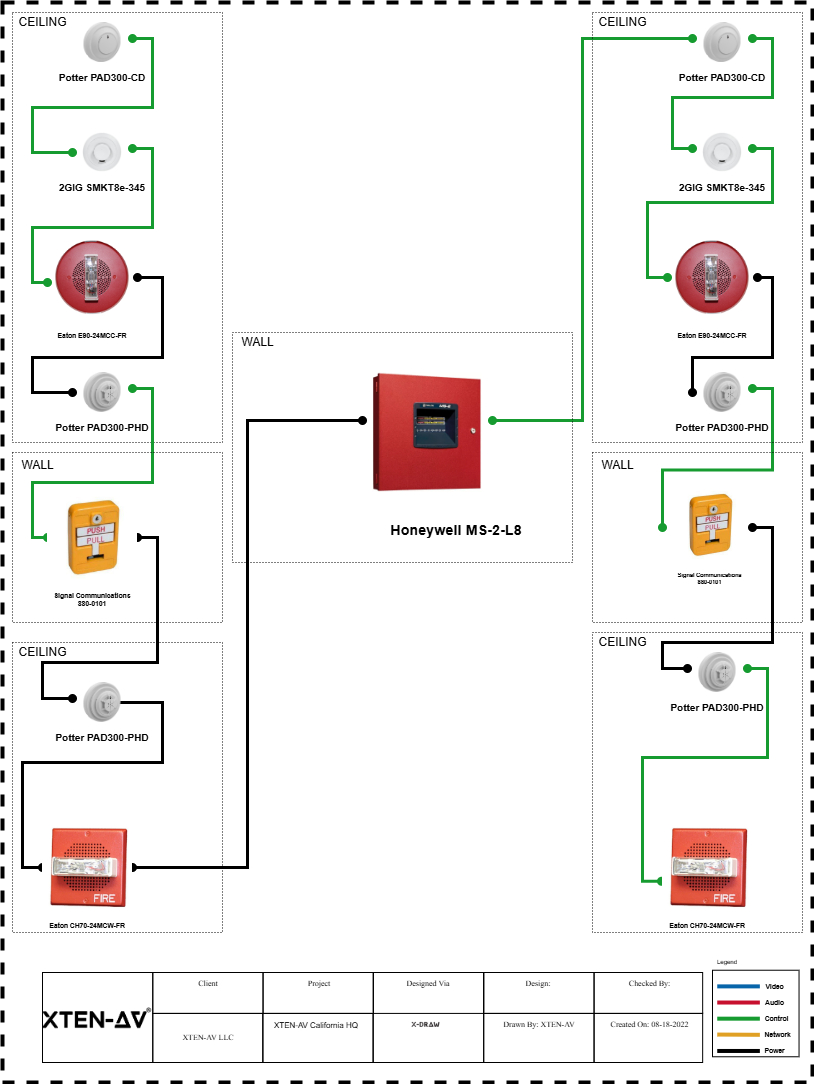



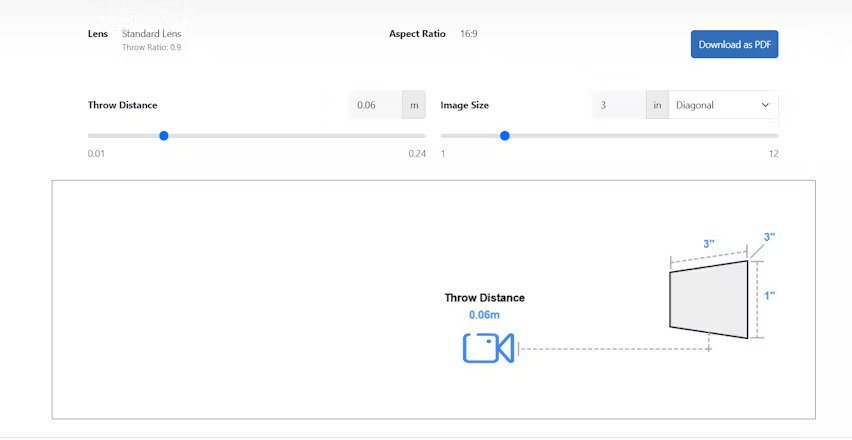

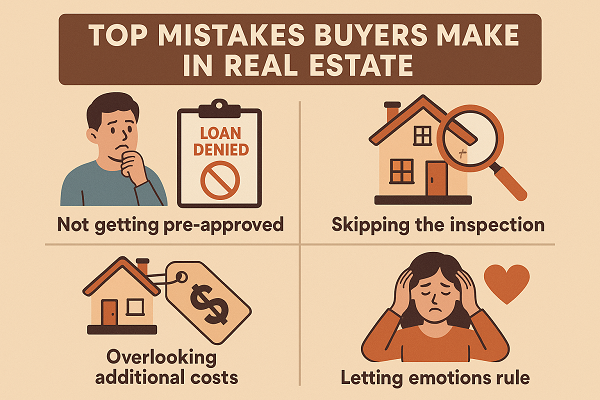



Leave a Reply